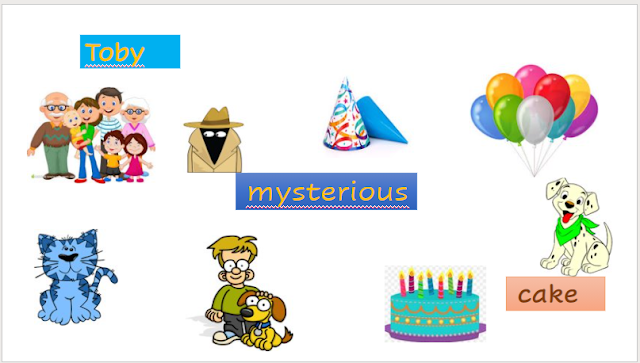PEEKABOO! (BLANCA GONZÁLEZ)
Chameleon hatches from egg. Lesson: Peecaboo!!! Chameleon hatches from egg. LEVEL: This video activity is aimed at sixth-fifth grade Primary Education. This story is based on the technique of “PICTURE-TELLING” (based on Story Seeding technique) and it involves a video which will be revealed at the end of the story-telling session. OBJECTIVES Boost the students creativity and develop their oral and writing skills. Revise Science contents about Animal kingdom (vertebrates & invertebrates, … : reptiles). Develope creative writing skills. ACTIVITIES About the image The image in this activity is a baby chameleon hatched from its egg. First, students cannot see the image. The teacher tells the students about this image on TV and that the subject of this photogragh is a wee, tiny being/creature on somebody’s part of the body. We tell students that before you show them the photograph, you are going to describe it with a text in hand. So we read the text twice slowly and clearly and

